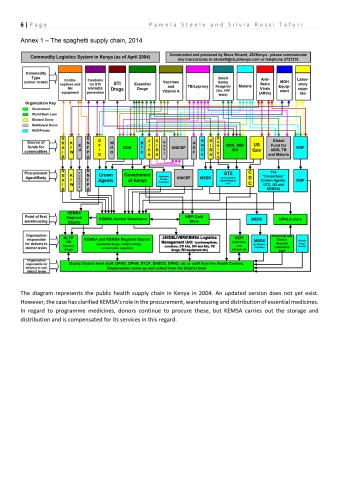
The case study describes the transition of the public health supply chain for medical commodities in Kenya. In 2004 there were 11 parallel supply chains operating in the country. Since then, the country has gone through a significant restructuring, which started with the devolution of healthcare to the 47 counties established with the new Constitution in 2010. The devolution has also seen the rise of the Kenya Medical Supplies Authority (KEMSA) as a leading actor, which has increased the efficiency and effectiveness of the supply chain in the country. KEMSA has been transformed, from being an agency to being an authority, which means it is now completely independent from the Government. KEMSA has developed a business model under which its customers are no longer solely the Government and the donor community, but also the 47 counties. KEMSA has gone through significant operational changes, involving both human resources (HR) and information technology (IT) initiatives. Over the years, political and technical supply chain champions have laid the ground for increasing performance and availability at the last mile of the health commodities supply chain.
